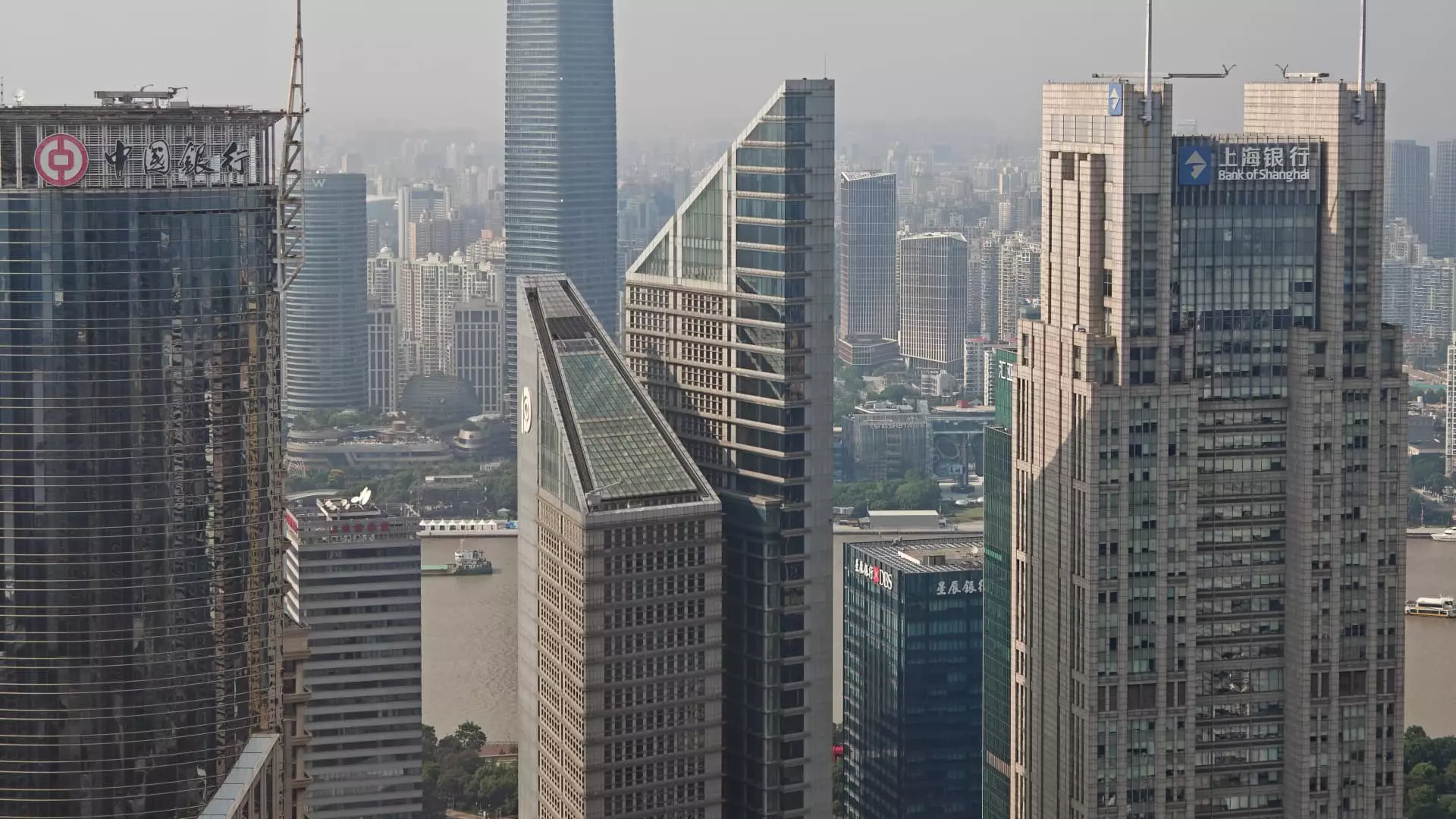Despite the surface-level optimism some experts broadcast about Chinese equities, the reality is far more precarious. Market analysts, including those from reputable firms like Morgan Stanley, caution investors to adopt a conservative stance as the second half of 2024 unfolds. This is not mere prudence but a recognition of the underlying instability driven by Beijing’s tepid policy responses, geopolitical tensions, and unpredictable trade negotiations. The belief that China’s economic and stock market growth will persist unchanged is naïve at best. Beneath the veneer of resilience, there lurks a fragile foundation, susceptible to shocks from external and internal sources.
What many fail to acknowledge is that the local stock market’s recent performance—marginal gains in the Shanghai Composite and tepid increases in Hong Kong’s Hang Seng Index—mask deeper systemic issues. The fact that China’s policymakers have yet to implement significant measures to stimulate growth is telling. The upcoming Politburo meeting seems unlikely to deliver breakthroughs sufficient to reverse the discouraging sentiment, especially with trade tensions still simmering at the U.S.-China border. In this context, it is perilous for investors to assume that the market’s current quietude will translate into sustained upward momentum.
The Mirage of High Yields and the Fallacy of ‘Safe’ Chinese Stocks
In the midst of this turbulence, investors are drawn to high-dividend stocks, a tendency that paradoxically reveals both hope and desperation. Chinese firms like PICC P&C promise attractive yields of around 4.5%, seemingly offering a safe harbor amid broader uncertainty. But is this allure justified? Not entirely. High yields often serve as red flags indicating underlying risks—be it financial fragility, declining growth prospects, or geopolitical vulnerabilities that could threaten dividends at any moment.
For instance, the surge in interest in high-yielding energy and utility stocks, such as PetroChina and CR Power, reflects Mainland investors’ search for better returns—an understandable but risky pursuit. Many of these companies are heavily exposed to volatile sectors subject to geopolitical shifts, regulatory crackdowns, or commodity price fluctuations. Relying heavily on dividend yields in an unstable market is akin to placing bets on a house of cards. It underscores a misguided perception that high dividends equate to safe investments, overlooking the structural fragility of these earnings streams.
The Tech Sector: A Rare Glass of Optimism Amidst Stormy Seas
Earlier this year, renewed enthusiasm for China’s technology sector, driven by AI developments, temporarily buoyed investor sentiment. However, this optimism is increasingly misplaced. The meteoric rise of tech stocks like Alibaba and Tencent, which outperformed the broader market, is now confronted with reality: a slowdown in foreign inflows and stricter domestic regulation, making sustained growth dubious at best.
Furthermore, the fact that several leading AI firms are privately held—like ByteDance—means retail and institutional investors remain on the sidelines, unable to capitalize on the full potential of China’s technology revolution. This creates a disconnect between the narrative of innovation and the tangible opportunities accessible to investors. The hyper-focus on AI and tech growth ignores the broader economic challenges that threaten to choke innovation’s benefits from reaching the stock market’s heights.
Playing the Middle Ground: The Myth of Diversification in a Divided Landscape
The ongoing dichotomy between the performance of mainland stocks and Hong Kong-traded equities exemplifies China’s fractured economic landscape. The stark divergence—while Hong Kong-listed tech giants grow strongly, mainland stocks scrape by—illustrates how different segments of China’s economy are moving at differing paces. For those seeking refuge from risk, high-dividend sectors and state-backed stocks seem attractive, yet they reinforce a misconception that these are safer bets.
Most seasoned investors recognize that diversification into Chinese assets is fraught with unique risks: regulatory crackdowns, capital controls, and geopolitical tensions with the West. The illusion that higher dividend yields equate to safer, more reliable investments fails to account for potential policy shifts that could undermine these yields overnight. Notably, domestic investors’ pursuit of higher returns through increased stock purchases in sectors like energy and finance highlight a misguided chase for yield rather than genuine economic strength.
In this environment, globally oriented investors are increasingly wary of China, viewing its markets as high-yield traps rather than sustainable growth engines. The current landscape underscores the necessity of critical discernment—highlighting that the Chinese market’s apparent stability is, at best, a temporary reprieve in a stormy horizon.

